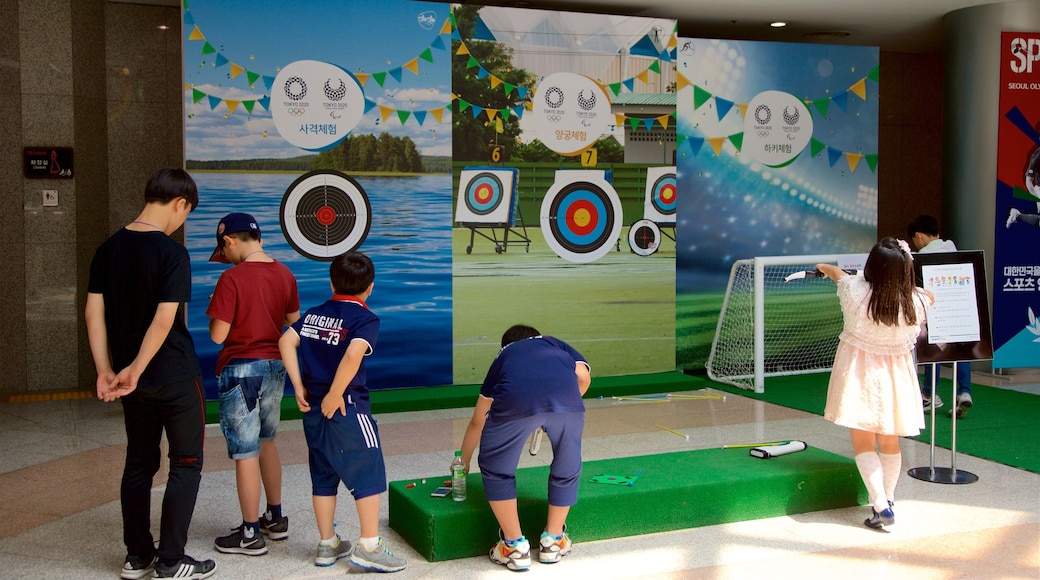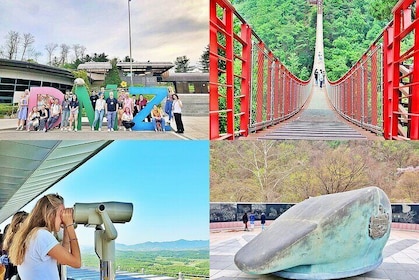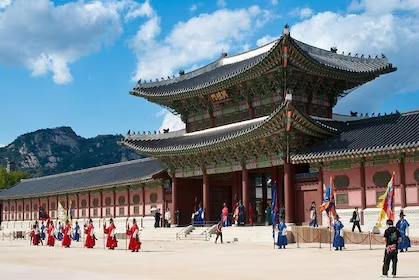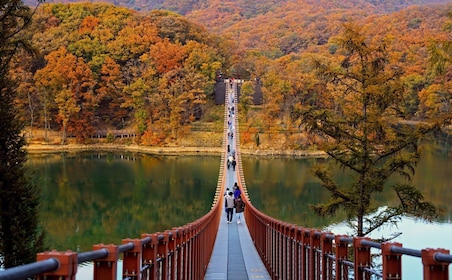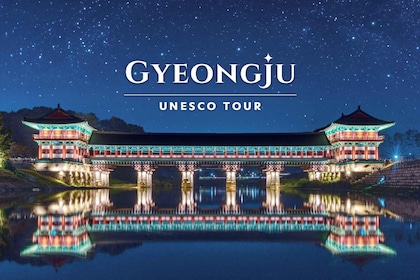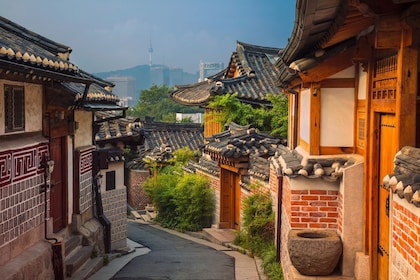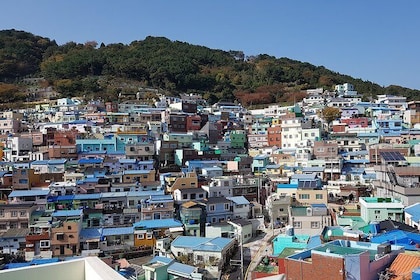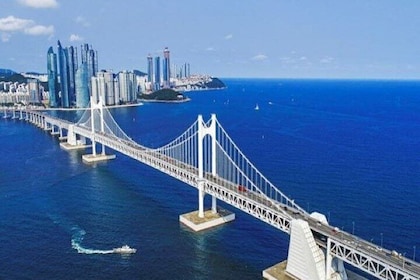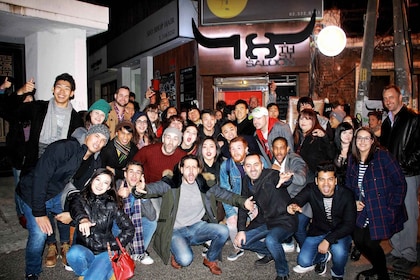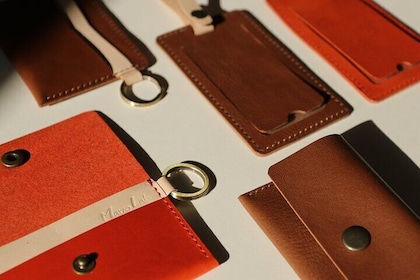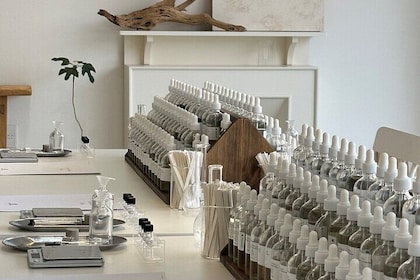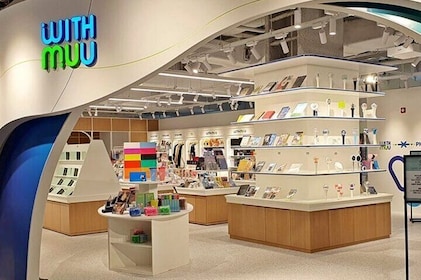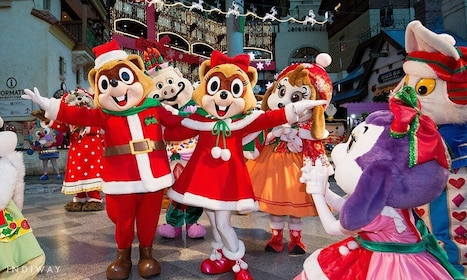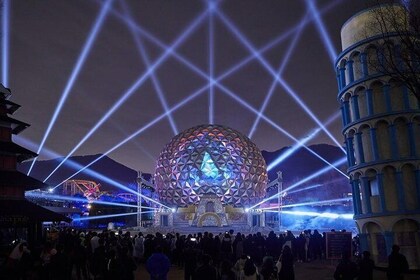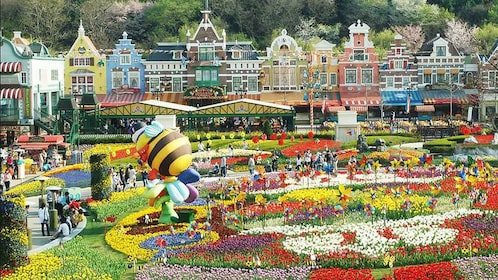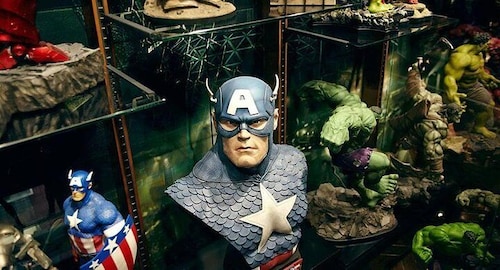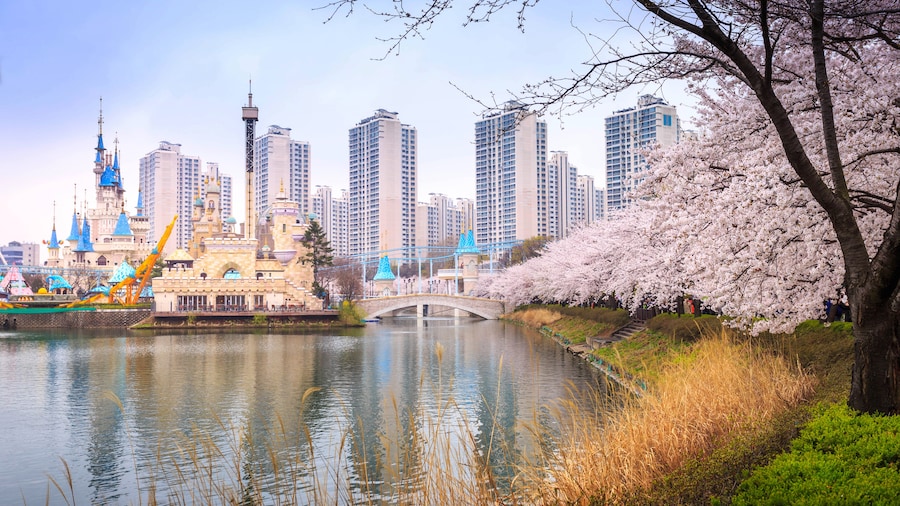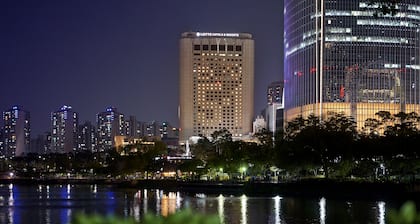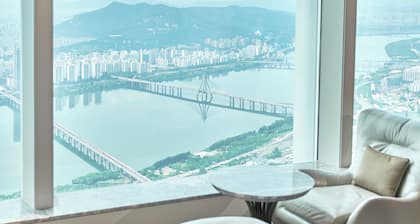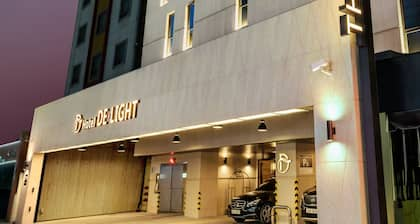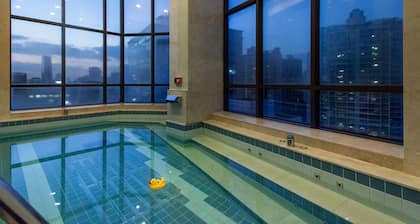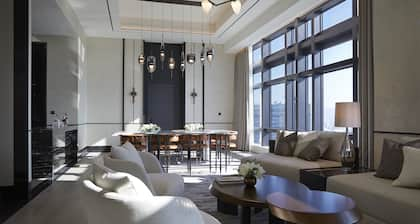The Seoul Olympic Museum was opened in 1990 to honor the achievements of the hundreds of athletes, sent here by 160 nations, who participated during the 1988 Seoul Summer Olympics. Browse the exhibits to learn more about the history of the games, from ancient Greek to modern times.
If there was one event that put South Korea on the map in the Western world, it was the 1988 Summer Olympics in Seoul. Whether the games helped open up the dialogue in this divided country and boosted the global image of South Korea, or did the exact opposite, is still disputed today.
The basement houses the Seoul Olympic Games Library, on the first floor is the Peace Hall and the upper floor houses the Harmony Hall & Prosperity Hall. All exhibits focus on the positive aim of the Olympics: to forget international struggles and find common ground in sports and games.
To relive the most memorable sporting achievements during the games of 1988, watch videos of legendary and controversial moments. These include the opening ceremony with white doves and the gold medal won by the Korean boxerPark Si Hun.
Admire the retro sports equipment, Olympic torches, special stamps and coins and the marketing posters used in ’88. Also don’t miss the museum’s collection of former Olympic Games mascots.
After your tour of the museum, check out the burning torch, country flags and the actual sporting arenas and stadiums in Seoul Olympic Park. The park now also houses modernized sports and leisure areas and a concert venue.
The Seoul Olympic Museum is located in the Cultural Art Park of the huge Seoul Olympic Park complex. The museum is closed most Mondays, on New Year’s Day, The Day of Seollal (the Lunar New Year) and Chuseok (Korea’s Thanksgiving Day).
Entry is free. If you come by car, parking fees apply within the entire Olympic Park complex. Photography is not allowed inside the museum. A cafeteria and gift shop are on site.




